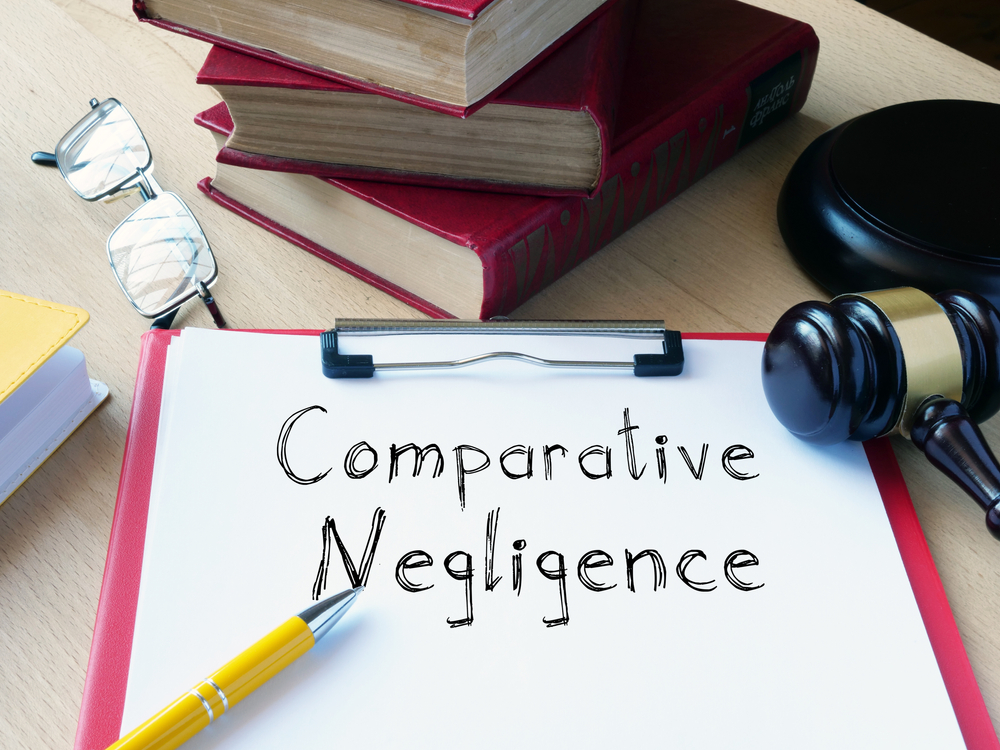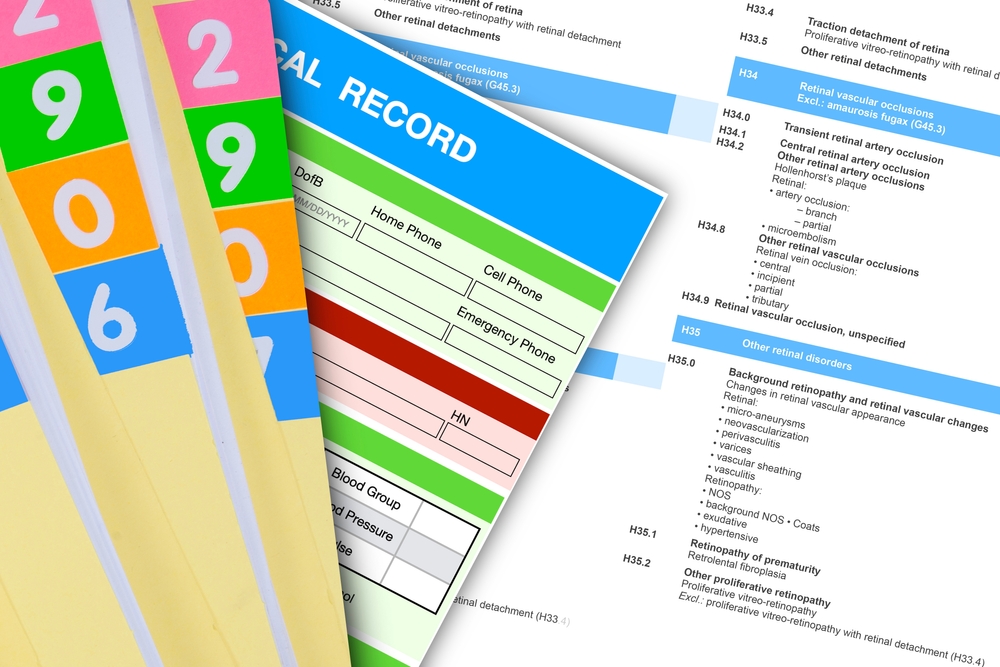After a serious injury, life can feel overwhelming and confusing. You are likely focused on healing, dealing with medical appointments, and figuring out how to manage daily life.
Amid all this, a critical question often arises: was someone else responsible for what happened? Understanding whether you can be suing for negligence is the first step toward finding answers and seeking accountability.
Negligence is a legal term that, in simple terms, means someone failed to act with reasonable care, and that failure caused you harm. It is not about someone intentionally trying to hurt you; rather, it is about carelessness or a failure to uphold a responsibility.
Navigating this process requires an experienced New York personal injury lawyer who understands the key ideas that form a personal injury claim in New York.
- This process involves showing that another person or entity had a responsibility to keep you safe.
- You must then demonstrate that they failed in that responsibility.
- Finally, you have to connect their failure directly to the injuries and losses you have suffered.
Schedule a Free Case Evaluation
The Four Key Elements to Sue for Negligence
To successfully sue for negligence, your situation must meet four specific criteria. Think of these as four pillars that must all be present for your case to be strong. If even one is missing, holding the other party legally responsible becomes very difficult.
A legal team’s job is to gather the evidence needed to build and prove each of these four pillars.
Element 1: Proving a Duty of Care Existed

First, you must show that the person who caused your injury had a "duty of care." It is a legal responsibility to act in a certain way to avoid harming others. This duty can arise from a relationship, a law, or just general common sense.
- Doctors and Nurses: They have a duty to provide medical care that meets the accepted standards of their profession.
- Property Owners: A store owner in Queens has a duty to keep their floors dry and free of hazards for customers.
- Employers: On a construction site in the White Plains, an employer has a duty to provide a reasonably safe work environment for their employees.
Element 2: Showing the Duty of Care Was Breached
Next, you must prove that the person "breached" or violated their duty of care. This means they failed to act as a reasonably careful person would have in a similar situation. This is the act of carelessness that sets the stage for the injury.
Using our driver example, if a driver on the BQE was texting while driving or speeding excessively, they have breached their duty to operate their vehicle safely. Their actions fell below the standard of care expected of a reasonable driver.
- A breach could be a specific action, like running a red light.
- It could also be a failure to act, like a landlord in a Brooklyn apartment building not fixing a broken staircase railing.
- The key is to compare the person’s conduct to what a prudent, careful individual would have done.
Element 3: Linking the Breach Directly to Your Injuries (Causation)
This third element, known as causation, is crucial. You must connect the dots and show that the other party’s breach of duty was the direct cause of your injuries. It is not enough that they were careless; their carelessness must be why you got hurt.
If the texting driver on the BQE caused a multi-car pile-up in which you were injured, there is a clear link between their breach (texting) and your harm.
However, causation would be difficult to prove if they were texting but you were injured for an entirely separate reason moments later.
- Factual Cause: This means that "but for" the person's actions, you would not have been injured. But for the driver texting, the accident would not have happened.
- Proximate Cause: This legal concept means your injury was a foreseeable result of the person’s careless act. It is foreseeable that texting while driving could cause a crash and injure someone.
Element 4: Demonstrating You Suffered Damages
Finally, you must show that you suffered "damages." Damages is the legal term for the actual losses and harm you experienced due to the injury. Without damages, no one is held accountable for, even if the other three elements are present.
If the accident caused you to break your leg, you have suffered damages. These can be measured and calculated to determine what kind of compensation is fair.
- Economic Damages: These are the losses with a clear dollar value, such as medical bills, lost wages from being unable to work, and future medical costs.
- Non-Economic Damages: These are losses that do not have a specific price tag but are just as real, including pain and suffering, emotional distress, and loss of enjoyment of life.
Common Scenarios Where You Might Sue for Negligence
Negligence can happen in almost any setting, from a quiet street in Westchester to a busy construction site in Manhattan. Familiarizing yourself with these common scenarios helps you recognize if someone else's carelessness caused your injury.
Negligence on the Road: Car and Truck Accidents
Vehicle accidents are one of the most common grounds to sue for negligence. Drivers owe each other a duty of care, and when they fail in that duty, the consequences can be devastating.
The principles are the same whether it is a car accident on the Sunrise Highway or a complex truck accident involving a commercial vehicle.
- Distracted Driving: This includes texting, talking on the phone, or any other activity that takes a driver's attention off the road.
- Aggressive Driving: Speeding, tailgating, and unsafe lane changes are clear breaches of a driver's duty.
- Driving Under the Influence: Operating a vehicle while impaired by alcohol or drugs is a severe form of negligence.
Unsafe Properties: Slip and Fall Incidents
Property owners and managers have a legal duty to maintain their premises in a reasonably safe condition for visitors. They can be held liable when they fail to fix or warn of a known hazard, and someone gets hurt.
This applies to all types of properties, from a grocery store in your neighborhood to a public park.
- An icy patch on the sidewalk in front of a business that was not salted or cleared.
- A spill in a store aisle that was not cleaned up in a timely manner.
- Poor lighting in a stairwell or parking garage, making it hard to see a hazard.
Dangers at Work: Construction Site Negligence
Construction sites are inherently dangerous, but employers and site owners have a heightened duty to protect workers from harm. New York has specific laws that provide strong protections for construction workers who are injured due to unsafe work sites.
When you can sue for negligence in a construction setting, it often involves a failure to follow safety regulations.
- Falls from Heights: These can happen from unsafe ladders, improperly constructed scaffolds, or unprotected ledges.
- Falling Objects: Tools or materials that are not properly secured can fall and strike workers below.
- Unsafe Equipment: Being forced to use faulty or poorly maintained machinery is a form of negligence.
What Steps Should I Take If I Think I Can Sue for Negligence?
Once you are home and have addressed your immediate medical needs, the steps you take can be very important for protecting your rights. The period after an accident is often chaotic, but being organized can make a significant difference if you decide to pursue a claim.
Documenting Everything After an Injury

Evidence is the backbone of any negligence claim. The more you can document, the clearer the picture becomes. Start a file or a folder where you can keep everything related to the accident and your recovery.
- Photographs and Videos: If you can, take pictures of the accident scene, your injuries, and any property damage.
- Medical Records: Keep a log of all doctor visits, medical treatments, and prescriptions. Hold on to all bills, reports, and receipts.
- Write It Down: Keep a journal describing your daily pain levels, physical limitations, and how the injury is affecting your life. This can be powerful evidence of your pain and suffering.
Be Careful What You Say and Post
After an accident, you may be contacted by insurance adjusters representing the other party. It is important to be cautious in these conversations. Similarly, what you post on social media can be seen and potentially used against you.
- Avoid Giving a Recorded Statement: You are not obligated to give a recorded statement to the other party's insurance company without first speaking to a legal professional. Adjusters are trained to ask questions that may hurt your claim.
- Limit Social Media Activity: Do not post photos, videos, or comments about the accident or your recovery. Even an innocent photo of you smiling at a family event, like a walk through Central Park, could be taken out of context to suggest your injuries are not as severe as you claim.
- Stick to the Facts: If you must speak with someone, only provide basic, factual information and do not admit fault or speculate on what happened.
Charting Your Path Forward
Understanding whether you can sue for negligence is the first step on a long road. Proving duty, breach, causation, and damages is complex and requires careful attention to detail.
It is not something you should have to handle alone, especially while you are trying to recover from a serious injury. Knowing your rights is empowering, and taking action to protect them is a sign of strength.

The legal team at Queller Fisher is here to help you understand your options. With hundreds of years of combined experience, our attorneys provide personalized attention to every personal injury case.
We are not a high-volume firm; we focus on serious injury matters and dedicate the full weight of our resources to each client we represent. We are available 24/7 to listen to your story.
We offer consultations by phone, video, or in person, and we can come to you if you are unable to travel. For a no-cost conversation about your situation, please call us in New York City at (212) 406-1700 or in the White Plains at (718) 892-0400.
We provide services in Spanish and Mandarin.
- Our team will listen with empathy and provide an honest assessment of your case.
- We handle all communications with insurance companies and other parties.
- We focus on the legal complexities so you can focus on getting better.
Frequently Asked Questions About Suing for Negligence
How long do I have to sue for negligence in New York?
In New York, there is a law called the "Statute of Limitations" that sets a strict deadline for filing a lawsuit. For most personal injury cases based on negligence, you have three years from the date of the accident to file. There are some exceptions, so it is important to understand the specific deadline that applies to your situation.
What if I was partially at fault for the accident?
New York follows a "comparative negligence" rule. This means you can still recover damages even if you were partially to blame for the accident. However, the amount of compensation you receive will be reduced by your percentage of fault.
How much does it cost to hire an attorney?
Most personal injury attorneys, including our firm, work on a contingency fee basis. This means:
- You pay no upfront fees to hire us.
- We only get paid if we successfully recover money for you through a settlement or a verdict.
- Our fee is a percentage of the total amount recovered, which is agreed upon at the beginning.
What kind of compensation can I receive if I sue for negligence?
Compensation, or damages, is intended to make you "whole" again financially and recognize the other harm you have suffered. It can cover a wide range of losses, including all past and future medical bills, lost income and reduced earning capacity, physical pain and suffering, emotional distress, and loss of enjoyment of life.